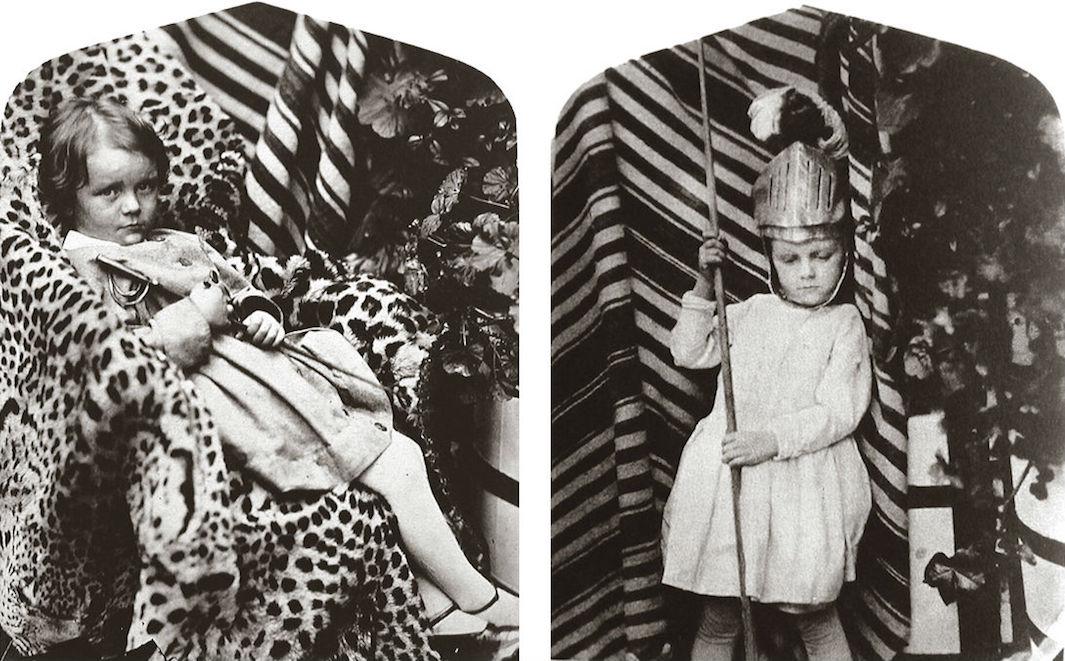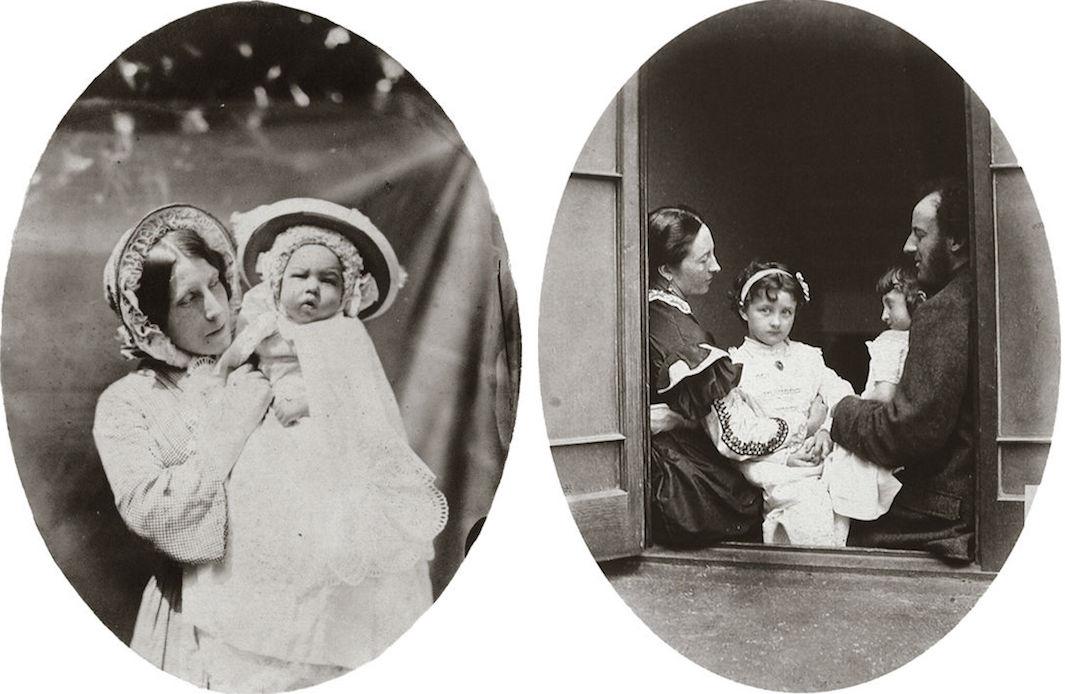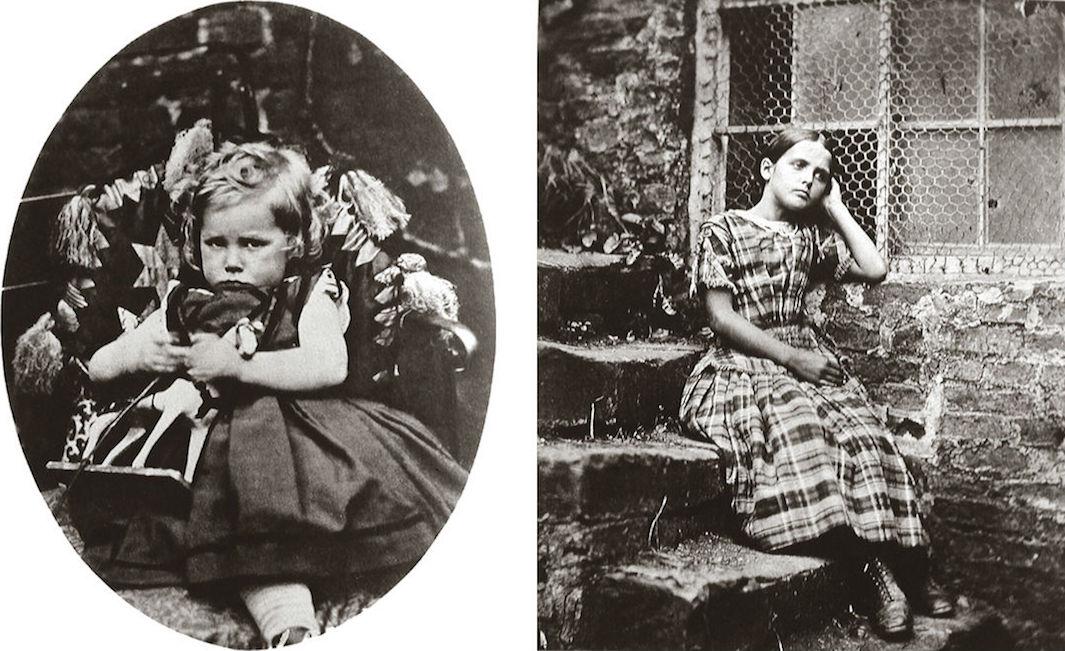Lewis Carroll is known for his beloved classic Alice’s Adventures in Wonderland, but fewer people know Charles Lutwidge Dodgson’s—Carroll’s real name—other great contribution to the arts: photography. In his book The Photographs of Lewis Carroll: A Catalogue Raisonné, which the University of Texas Press published in August, Carollian scholar Edward Wakeling corrects that. For the first time, it collects all of Dodgson’s known photographs in one place.
Dodgson was a perfectionist in all of his pursuits, so when he first took an interest in photography he became determined to master it. He acquired a folding Ottewill camera, learned the wet collodion process, and studied the work of other artists. In photography, as well as in writing, Dodgson valued simplicity. He wanted viewers to concentrate on his subject’s face, not the background. As a result, he avoided the extraneous furniture, draped curtains, and vases of his peers. Instead, he mostly used a plain blanket or a wall for a backdrop.
“This is mirrored in Dodgson’s writing. His use of language is straightforward—there are no long descriptive passages in the Alice books. In the main his style is narrative. He tells a story,” said Wakeling.

Courtesy of the Harry Ransom Center, the University of Texas at Austin

Courtesy of the Harry Ransom Center, the University of Texas at Austin
Like many Victorian photographers, Dodgson took a range of images, but his main focus was portraiture, and his special talent was making his sitters look natural and comfortable. Exposure times could be as long as 45 seconds back then, and sitters had to remain perfectly still to avoid motion blur. This made photographing children particularly challenging, since they are not patient sitters. But Dodgson kept them engaged by telling them stories. Among his subjects was Alice Liddell, the girl who inspired his heroine in the Alice books.
“He was a born storyteller. They would listen intently and he would capture the moment. He made the experience of being photographed as enjoyable as possible, as some of his sitters recorded afterward,” Wakeling said.

Courtesy of the Harry Ransom Center, The University of Texas at Austin

Courtesy of the Harry Ransom Center, the University of Texas at Austin
Dodgson’s diaries recorded virtually all his photographic activity, but his register of photographs is now missing. Over 20 years, Wakeling has done his best to reconstruct it. He searched the collections at Princeton University and the University of Texas at Austin during month-long research fellowships. He spent time at Christ Church in Oxford, England, and the National Portrait Gallery in London to look through albums. The Dodgson family showed him photographs and gave him information about photographs that had been sold; he also contacted private collectors through the Lewis Carroll Society, searched auction records and collected books on Victorian photography. Gradually, he assembled a database of all known images.
Carroll stopped taking photographs in 1880 in order to focus on writing and other academic pursuits. But his decades in photography were quite productive. He took 3,000 photographs; of these, nearly 1,000 have survived.
“There are still photographs that have not yet come to light; I hope this book will result in some appearing that we haven’t yet seen. Family archives and attics need to be searched. I am sure there will be many people who have not appreciated that the writer of Alice’s Adventures in Wonderland was also an important early photographer.”

Courtesy of the Harry Ransom Center, the University of Texas at Austin
